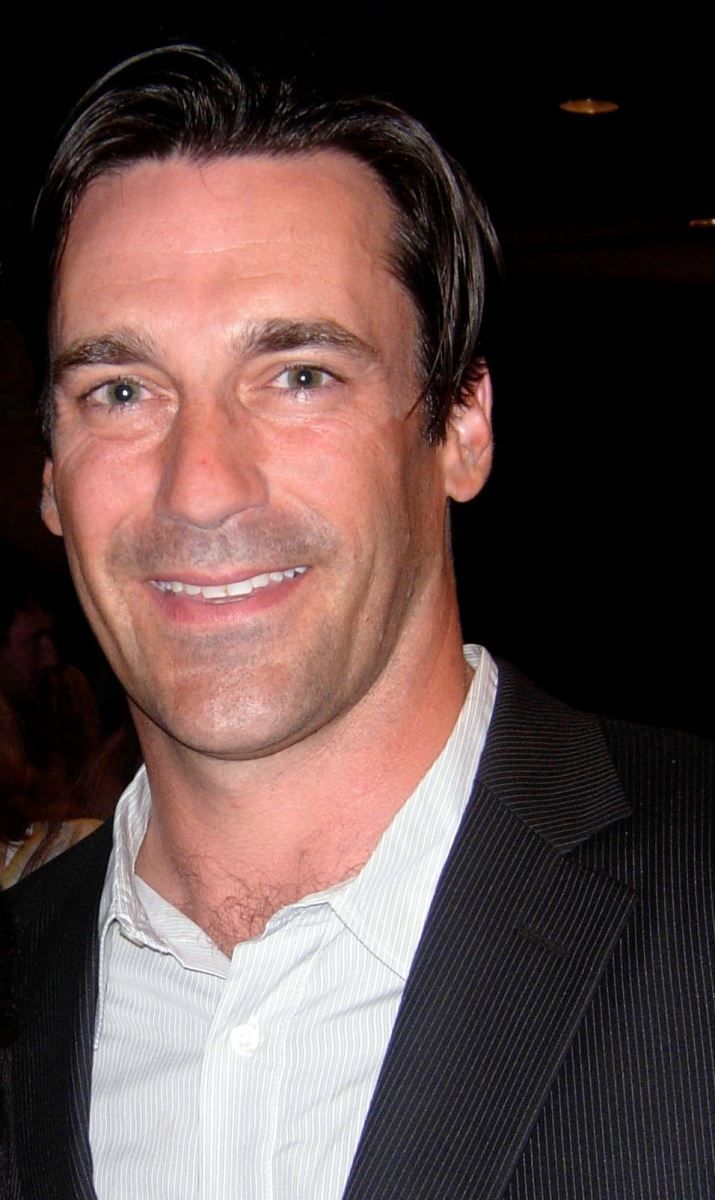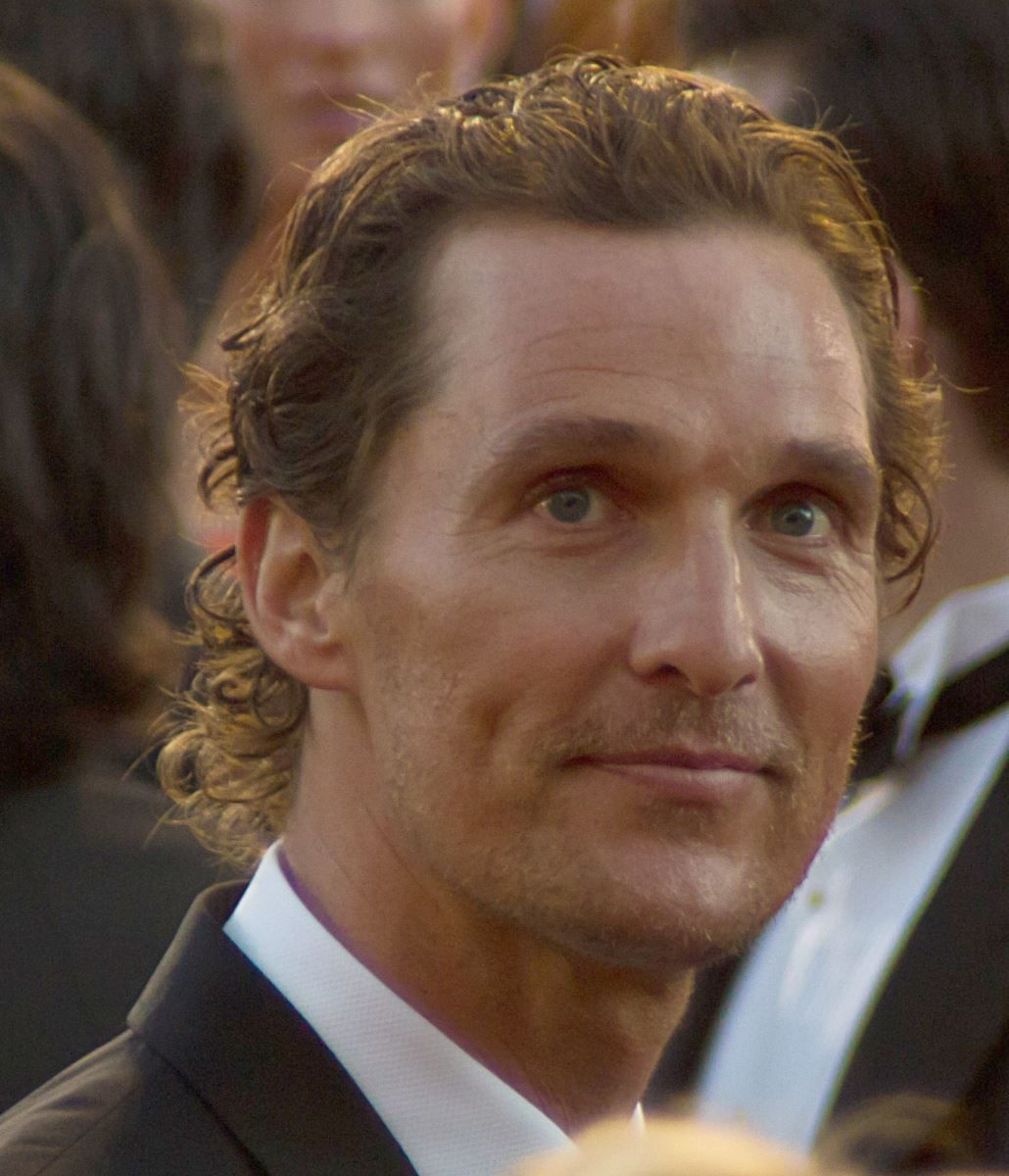By Andrea Goto
Short answer: A mature hairline tends to be a more permanent fixture, while a receding hairline is “moving on up to the top” a la The Jefferson’s style.
Long answer: Of course, it’s more complicated than that. Read on.
According to the American Hair Loss Association—a club in which no one really wants to be a member—1 in 4 men start balding before they turn 21. Sure, they might avoid being carded, but if given the choice, I’m pretty sure most men would choose to retain their hair over the possibility of scoring a half-rack of PBR.
I’ll never forget the day I met my husband’s former fraternity brothers. They were all in their late 20s and sporting a rather thin topcoat. Upon seeing my would-be husband, who was rocking a seemingly steroid-fueled thatch of coarse black hair, his brothers promptly tackled him to the floor and attempted to physically rub his hair from his head. To no avail.
Being much (much) younger than my husband, it was the first time I realized male-pattern baldness was a real source of fear for some men. And, conversely, those who have and retain hair seem genetically blessed and more resilient to aging.
Look, I know it’s stupid. Hair loss is a biological and cosmetic issue, and it should not make any man feel “less than” or “older than.” Same goes with wrinkles and graying. And yet, here we are.
The science shows that most men lose what is called their “juvenile hairline” (think Justin Bieber’s lovely locks) between 17 and 29. Characterized as a low, straight across hairline with soft, rounded corners, the juvenile hairline gives way to either a mature or receding hairline in all but about 5% of Caucasian men (bless you, David Bowie). A mature hairline tends to rest about 1/2-inch above the highest forehead and wrinkle and look v-shaped. Case in point: Jon Hamm and Anderson Cooper, respectively.
While the mature hairline is pretty stable, male-pattern baldness is like a feral animal. It presents itself in unpredictable speeds and in a variety of ways, including excessive hair shedding, the development of smaller, shorter and lighter hairs, difficulty styling and the appearance of “rat bites”—patches of missing hair.
Sensing the inevitable, which is often hereditary, some men can totally rock the Jean Luc Picard look and do so at a young age, skipping the interim Friar Tuck with intentional shaving. Others (I’m talking to you, Trump) attempt to deceive with a not-so-covert comb-over. And then there’s the unconvincing toupee—a pelt of fur which always looks more like street meat than actual hair.
But no man facing potential baldness should overlook the safe and effective treatments that are now available. Everything from high-tech lasers treatments to the most natural-looking transplants have proven effective in treating thinning hair and male-pattern baldness especially when done sooner rather than later.
Some of the best results are the ones we see on the silver screen. Even though they have not admitted it publically, it’s hard to deny that stars such as Matthew McConaughey, Kevin Costner and maybe even Bradley Cooper have had procedures to stimulate natural hair growth. The pictures don’t lie. And really, who cares? Today, those stars all have healthy locks of hair. It’s just too bad that they don’t fess up to what works, which is similar to how a decade ago women pretended they suddenly bloomed size-D breasts and that their faces never wrinkled. Today, more women own it, saying “Yeah, I wanted this, so I did it.” Cool. You do you.
Men are moving in this direction when it comes to treating hair loss which I think is a very good thing. There’s a lot of power in knowing if you don’t like it you can change it. And with today’s technology, it’s easier than ever.
Interesting in knowing more about hair restoration procedures? Call Savannah Facial Plastic Surgery to set up a consultation with Dr. Tim Minton, a highly skilled double-board certified facial plastic and reconstructive surgeon.






